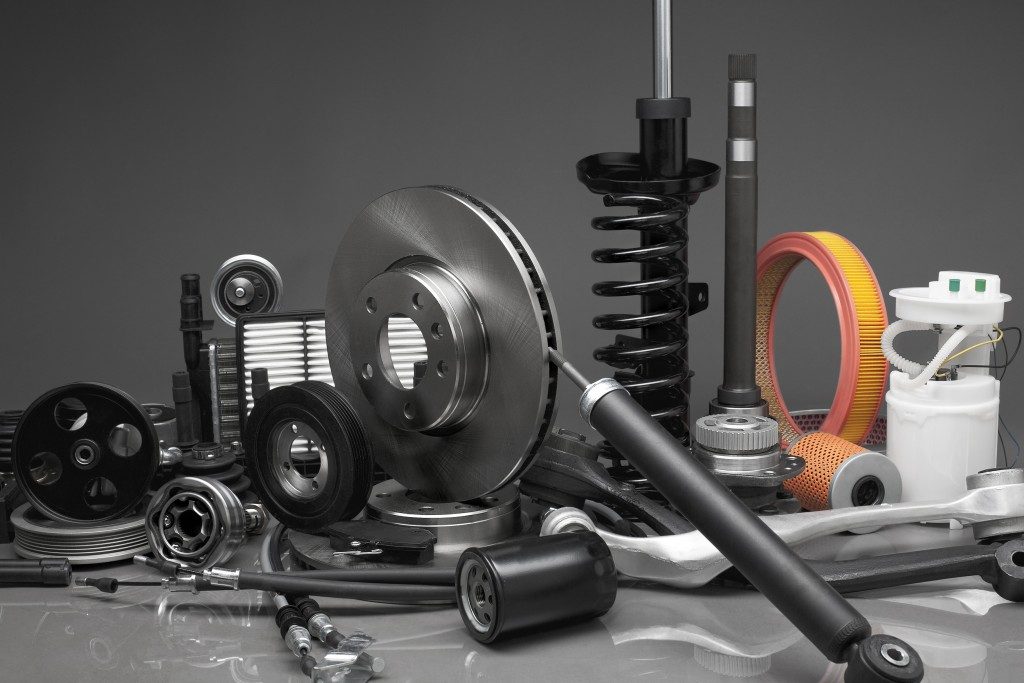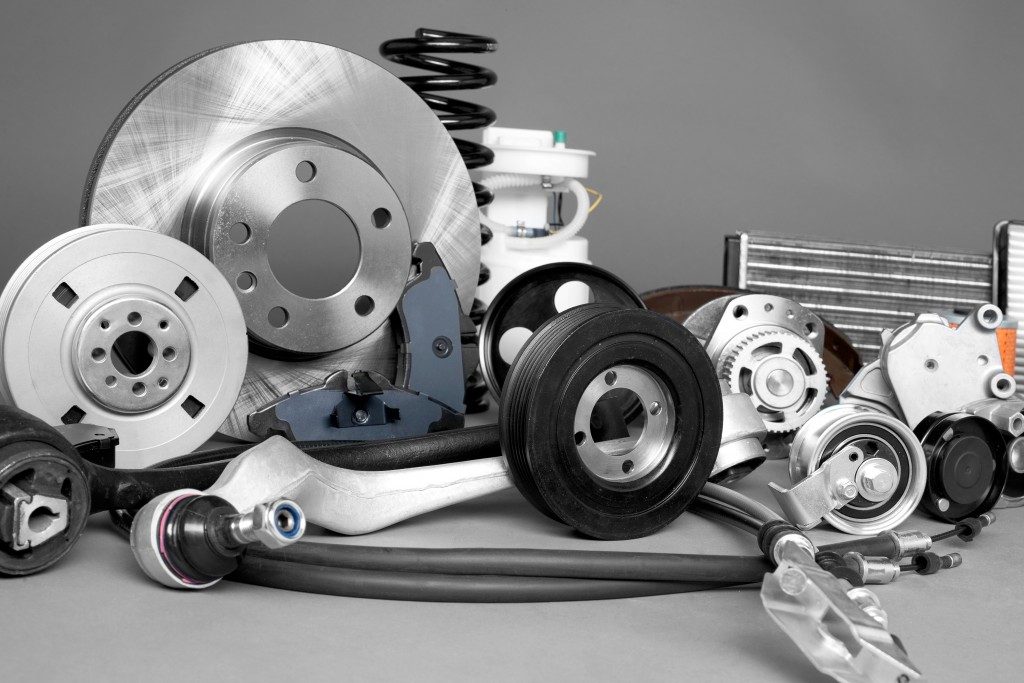Gaskets are commonly used for various industrial purposes, including the transportation sector. A head gasket for a Subaru or any other vehicle serves as a seal between the cylinder head and the engine block. Head gaskets are essential to avoid the coolant from mixing with the oil supply or entering the cylinder. If this happens, it can lead to major damage and expensive repairs.
A head gasket is an important part of a vehicle. It can be made from various materials, including copper, steel, rubber, or composite materials. However, it can be prone to break downs and other damages as it is located in the engine block’s heated section. Head gasket damage can greatly impact the vehicle’s overall performance.
Preventing head gasket damage
Here are some tips to ensure your head gasket’s optimum performance and condition.
- Make sure to check your cooling system to be in its best condition at all times. As mentioned, one of the main causes of head gasket failure is engine overheating.
- Have your vehicle checked with any leaks. Likewise, make sure that the radiator, coolant, thermostat, and exhaust fans are all in good condition.
- Take a carbon dioxide test on your cooling system in case you are suspecting of a head gasket defect.
- Schedule regular maintenance from professional automotive personnel near your area.
Common causes of head gasket breakdowns
There are various reasons why a head gasket breaks down. Among these reasons include the following.
Overheating
One reason for a head gasket breakdown is due to an overheating engine. Overheating can be caused by a defective fan or radiator among a few. The hot gas coming from the exhaust will contaminate the cooling system.
Another possible reason is that the coolant may leak into the cylinders and then cause steam. These will ultimately result in overheating.
Power loss

This happens when the head gasket is not able to let compressed air or fuel to escape. It will then result in reduced cylinder compression, which can affect engine performance and power.
External leaks
Leaks occur when the head gasket when it has become defective in sealing the oilway or waterway. It causes leaks and damage to the engine. It may not be a major issue at first, aside from creating a messy outcome. However, it should be addressed as well as it may lead to further engine complications.
Presence of blue smoke
A defective head gasket can cause blue smoke to appear. It is caused by an oil leak that affects the exhaust, gasket, and cylinder. Likewise, it can lead to lubrication problems and premature engine wearing.
Oil contamination
This is one of the most common and obvious signs of head gasket failure. You may find yellowish gunk that somewhat resembles mayonnaise in terms of texture on the oil filler cap’s underside, or if you use a dipstick to check your oil. If you notice such on your oil filler, it may be a good idea to have your engine checked.
Head gasket damage can be preventable as long as you know how to detect any signs of defects. It is also important to have your regular tune-ups to avoid future vehicle problems.

